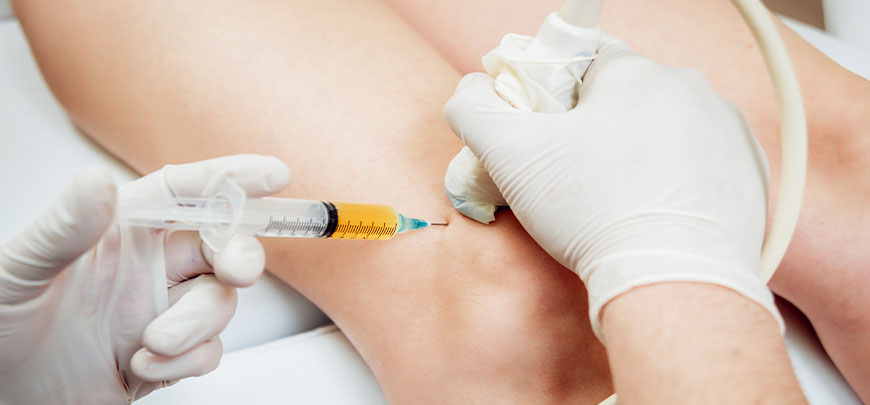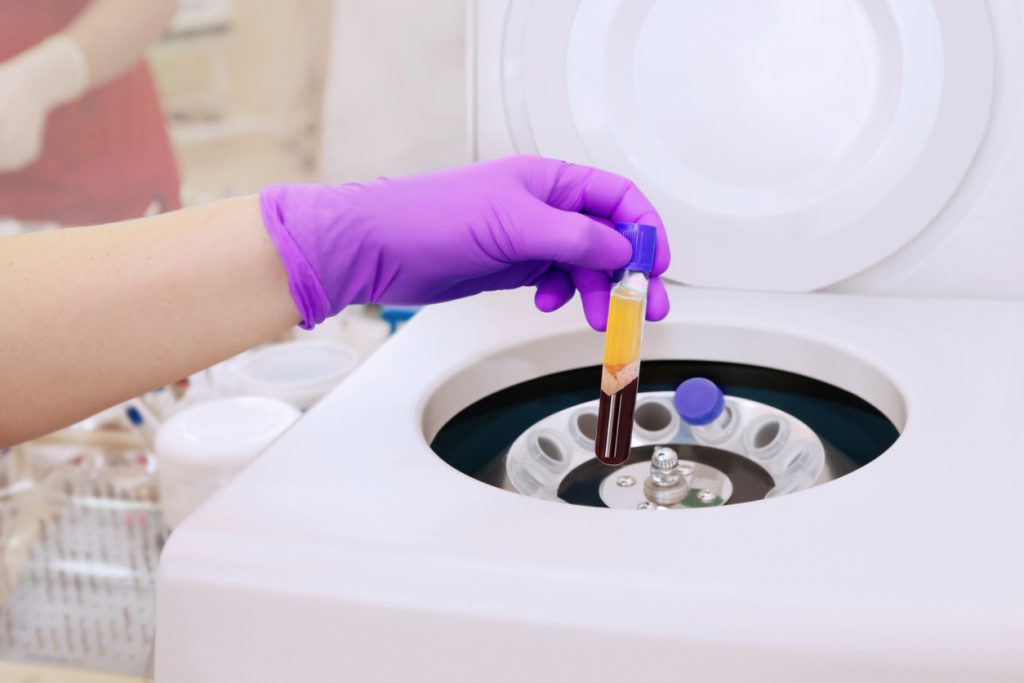PRP (Platelet-rich plasma) injections are a medical treatment that is gaining popularity for its potential to treat a variety of medical conditions, including osteoarthritis, tendonitis, and chronic pain. PRP is a natural substance that is derived from the patient’s blood and contains a concentrated amount of platelets and growth factors. These growth factors have been shown to promote healing and reduce inflammation. Despite the numerous benefits of PRP injections, there are also potential risks and side effects associated with the procedure. In this article, we will discuss how to minimize PRP injection risks and side effects, so you can feel confident and safe when seeking treatment.
Find a Reputable PRP Injection Clinic Near You
The first step in minimizing PRP injection risks and side effects is finding a reputable clinic near you. Choosing the right clinic is crucial because it can significantly affect the success and safety of the procedure. Here are some factors to consider when choosing a PRP injection clinic:
- Qualifications of the medical professionals: Ensure that the clinic you choose has experienced and qualified medical professionals who are trained to perform PRP injections. It is essential to ensure that the clinic has a licensed physician who is trained to perform the procedure.
- Reputation of the clinic: Do your research to find out what previous patients have to say about the clinic. Check online reviews and ask for referrals from friends or family members who may have undergone the same procedure.
- Facilities and equipment: Ensure that the clinic has proper equipment, sterile instruments, and a clean facility. The clinic should be able to show you their certification, licenses, and accreditation.
- Cost: PRP injections are not usually covered by standard insurance, so it is essential to ensure that the clinic you choose is transparent about their pricing and fees. You should be aware of all costs involved in the procedure before deciding to undergo it.
Prepare For the PRP Injection Procedure
Preparing for the PRP injection procedure is crucial to ensure the success and safety of the procedure. Here are some things to consider before the procedure:
- Consultation with your doctor: Before undergoing the procedure, you should consult with your doctor to discuss your medical history, current medications, and any allergies. The doctor will determine whether PRP injections are right for you. And advise you on how to prepare for the procedure.
- Stop certain medications: Some medications can affect blood clotting, so you may be advised to stop taking them a few days before the procedure. These medications include nonsteroidal anti-inflammatory drugs (NSAIDs), aspirin, and blood thinners.
- Stay hydrated: Drinking plenty of water before the procedure can help make your veins easier to find. This will make the procedure less painful and more successful.
- Eat a healthy meal: It is recommended that you eat a healthy meal before the procedure to prevent dizziness or lightheadedness.
- Wear comfortable clothing: You should wear comfortable clothing to the clinic on the day of the procedure. Loose-fitting clothing is recommended, as it will allow the medical professional to access the injection site easily.

Minimize the Risks and Side Effects For PRP Injections
After the PRP injection procedure, it is essential to take steps to minimize the risks and side effects associated with the procedure. Here are some tips to follow after the procedure:
Follow the Aftercare Instructions Provided By Your Doctor
Your doctor will provide you with aftercare instructions, which may include applying ice to the injection site, avoiding strenuous activities, and taking over-the-counter pain medication. It is essential to follow these instructions to prevent complications and ensure a successful recovery.
Avoid Certain Activities After PRP Injections
You should avoid strenuous activities, such as running or weightlifting, for several days after the procedure. These activities can cause further damage to the injection site and delay the healing process.
Know the Signs of Infection or Other Complications
While PRP injections are generally safe, there is a risk of infection or other complications. It is essential to know the signs of infection, which may include redness, swelling, and warmth at the injection site. If you experience these symptoms, contact your doctor immediately.
When To Seek Medical Attention
If you experience severe pain, fever, or any other unusual symptoms, it is important to seek medical attention. Your doctor will be able to assess your symptoms and determine if any further treatment is necessary.

PRP Injections Conclusion
PRP injections are a promising treatment for a variety of medical conditions. While the benefits of PRP injections are numerous, it is important to be aware of the potential risks and side effects associated with the procedure. By following the tips outlined in this article, you can minimize PRP injection risks and side effects. And ensure a safe and successful recovery.
Finding a reputable clinic, preparing for the procedure, and following aftercare instructions are essential to minimize PRP injection risks and side effects. If you are considering PRP injections, consult with your doctor to determine if it is right for you. With the proper preparation and care, PRP injections can be a safe and effective treatment for many medical conditions. Don’t hesitate to reach out to PRP injection clinics near you to learn more about this promising treatment option.
Learn More About Alternative Ways to Alleviate Your Pain
Get back to doing the things you love, faster & without surgery.
Request an Appointment Today!